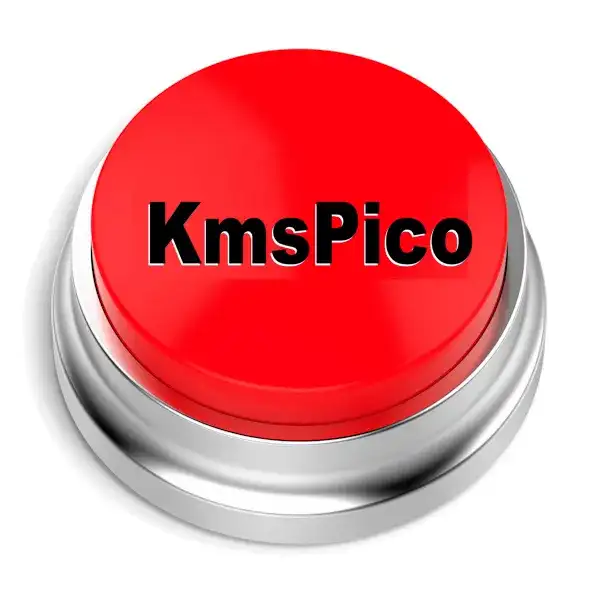| KmsPico 2023 | |
| Windows | |
| Free | |
| BusSoft | |
| 1,012 | |
| KMS Activator Tools |
The issue of using licensed software is always relevant, regardless of the direction of the user’s activity. This applies to all categories of PC owners – work, play games, watch videos, etc. All of them are faced with a constant reminder to activate the OS or other products from Microsoft in the case of using a “pirated” version of the software. That is why, many users are looking for ways to solve this problem in the shortest possible time.

Popular among PC users is the KMSPico program. Its purpose is to activate the operating system and Word. This solution will be an ideal option for all users due to its ease of implementation.
KMSPico was developed by a programmer under the nickname Daz. His goal was to create a universal program capable of performing the paid software activation process in the shortest possible time. A distinctive feature of the development is completely autonomous work.
What can KMSPico do?
The only task of this program is to activate the OS and Word. To do this, just download KMSPico in advance and install it. Obtaining a license for the selected program takes less than a minute of time (in some cases it can take several minutes).

This program is provided absolutely free of charge, which is relevant for all categories of PC owners. In case you stumbled upon a paid version, then such a site should be avoided.
KMSPico has two interface languages – English and Russian. Users should not have problems with studying the program, its settings and subsequent use. Note that answers to frequently asked questions from users can be obtained on the Internet. This is facilitated by a sufficient number of thematic resources and platforms.
How to Download KMSPico on PC
Before downloading this program, it is recommended to select a trusted site from which the download will be performed. Proper selection of the resource excludes the presence of malware (viruses) in the downloaded file. Some tips for choosing a site:
- Fame. Other users who managed to download the necessary programs from there should know about the resource.
- Good reputation. In this case, you need to take into account reviews and comments. You can get acquainted with this information on the same site or on other thematic resources.
- Ease of use, including downloading files. The user should spend a minimum of time finding the desired file and then downloading it.
You can download KMSPico on any of the trusted sites with software in a few minutes. In most cases, the user is prompted to download the archive using the specified link or directly from the site’s servers.
Regarding the downloaded archive, the user needs to make sure that the archiver is installed. It can be either WinRar or 7Zip. The main requirement for this program is the ability to open a previously downloaded archive without errors and file damage.
How does KMSCo work?
According to the principle of operation of this activator, everything is extremely simple. The first step is to unpack the downloaded archive. Next, you will need to run the executable file (exe) as an administrator without fail.
After that, the user will open the program window, where he can select the desired software to be activated. The process of selecting a license key may take some time and you will need to wait. Once this process is completed, you will need to restart your computer. As soon as the system turns on, the user will see a notification that the selected program is activated.

KMSPico Requirements
The system requirements of this software are not high and consist in the presence of the operating system Windows 7 and newer versions. This approach allows you to easily activate any licensed Microsoft programs and spend a minimum of time on it.
The KMSPico page (referring to any site where this software can be downloaded) provides all information about the program.
Recommendations when using KMSPico
When using this program, remember the following information:
- You need to activate the necessary software yourself or with the help of an autoscheduler. KMSPico is looking for license keys that will be valid for a month. Next, you will need to re-activate in accordance with the set date.
- It is recommended to disable antivirus and firewall before installing this software. This is explained by the fact that conflicts may arise that do not allow the installation of the program. You can solve the problem by adding KMSPico to the exclusion list or setting the software properties to read only.
- Make sure you have NET Framework 4.0. Without it, the utility will not work, what you need to remember. If necessary, you can simply update the framework to the desired version and this automatically resolves the issue.
Using the proposed program is not entirely legal. This is easy to explain, because the use of any intellectual property requires a fee. This has not bypassed Microsoft products. All versions of the OS and other software are initially offered in a trial version. In our case, many users already use “pirates” or PV.
Regarding the legality of using KMSPico, here the entire responsibility lies solely with the user. In any case, even a corporation like Microsoft won’t bother looking for everyone who uses their software and doesn’t pay for it. For an ordinary PC user, the proposed program will be an ideal option that allows you to use the full functionality of the programs.
Downloading KMSPico is a matter of minutes for any computer owner. The proven functionality of the program speaks for itself and millions of users have been convinced of this.